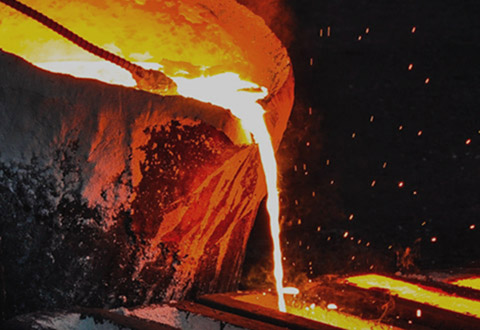
- Mobile Phone
- +8613931874955
- sales@cntcmetal.com
Creating Durable Connections with Brick Wall Tie Solutions for Stronger Structures
Understanding Brick Wall Ties Essential Components for Structural Integrity
When it comes to construction and masonry, the smallest components often play a critical role in ensuring the structural integrity and longevity of a building. One such component is the brick wall tie, an essential element in brick masonry that contributes to the overall stability and safety of structures. In this article, we will delve into the function, types, installation methods, and maintenance of brick wall ties, emphasizing their importance in modern construction.
What Are Brick Wall Ties?
Brick wall ties, also known as masonry ties, are metal connectors used to bond brickwork to other structural materials, such as concrete or steel. These ties serve to provide lateral support and help maintain the alignment of the brick masonry, preventing it from shifting or collapsing over time. They are particularly crucial in cavity walls, which consist of two separate wall sections with a gap between them. By connecting the outer brick wall to the inner wall, ties help ensure that both sections function together as a cohesive unit.
Types of Brick Wall Ties
There are several types of brick wall ties, each designed for specific applications and wall configurations
. The most common types include1. Vertical Ties Typically used in cavity walls, vertical ties connect the inner and outer leaves vertically, ensuring stability during lateral loads.
2. Horizontal Ties Horizontal ties are used in various masonry configurations to help distribute loads evenly across brick walls.
3. Restraint Ties These ties are designed to secure a brick wall to a structural framework, particularly where masonry walls are not self-supporting.
4. Weep Ties Weep ties are installed to allow moisture to escape from the wall cavity, promoting drainage and preventing water buildup, which can lead to damage.
The material of the tie is also significant, with options ranging from galvanized steel to stainless steel, depending on environmental conditions and corrosion resistance requirements.
brick wall ties

Installation Methods
Proper installation of brick wall ties is crucial for their effectiveness. Here are general guidelines for their installation
1. Spacing Wall ties should be installed at regular intervals, typically about 600mm apart horizontally and vertically, depending on building codes and the height of the wall.
2. Embedment Depth The ends of the ties should be embedded securely into the mortar joint of the outer wall and should be long enough to reach the inner wall.
3. Alignment It is crucial that the ties are correctly aligned to facilitate proper load distribution and prevent unnecessary stress on the wall structure.
4. Inspection After installation, ties should be inspected for correct placement and to ensure that they are free of any defects.
Maintenance and Inspection
To ensure the structural integrity of a building, regular inspections and maintenance of brick wall ties are necessary. Checking for rust, corrosion, or other signs of deterioration can help identify potential issues before they become serious problems. In addition, it is essential to repair or replace any damaged or missing ties to maintain the overall stability of the masonry structure.
Conclusion
In summary, brick wall ties are a fundamental aspect of modern masonry construction, playing a vital role in maintaining the stability and longevity of brick structures. Understanding their types, correct installation methods, and the importance of regular maintenance can significantly enhance the safety and durability of buildings. As the construction industry continues to evolve, the importance of these seemingly small components will remain paramount in ensuring that our buildings not only meet aesthetic standards but also adhere to safety and structural integrity guidelines. By paying attention to the details, builders can create structures that stand the test of time.
share:
-
Why Sacrificial Formwork Is Redefining Underground ConstructionNewsJun.06,2025
-
The Structural Dynamics of Modern Concrete: How Snake Spacers Revolutionize Flexible ReinforcementNewsJun.06,2025
-
Snake Spacers Smart-Lock Concrete Reinforcement with Surgical PrecisionNewsJun.06,2025
-
Snake Spacers: Reinforcement Precision for Modern Concrete ProjectsNewsJun.06,2025
-
Snake Spacers Powering Concrete's Structural DNANewsJun.06,2025
-
Slither into Success: Snake Spacers' Precision Bite for Unbreakable ReinforcementNewsJun.06,2025
-
Sacrificial Formwork: Building Stronger, Faster, and Safer StructuresNewsJun.06,2025



















